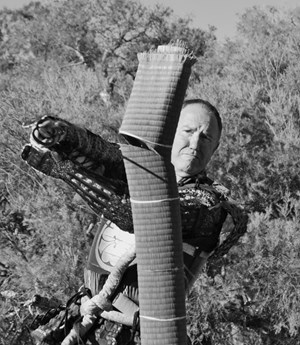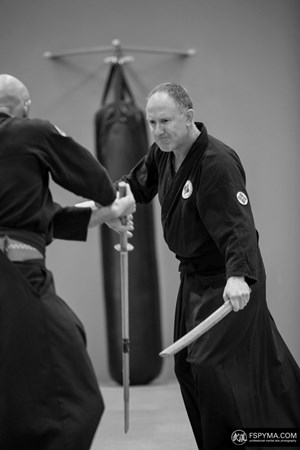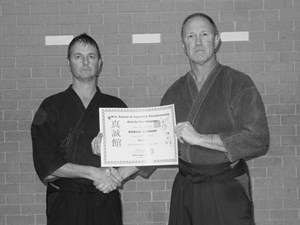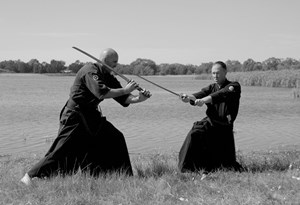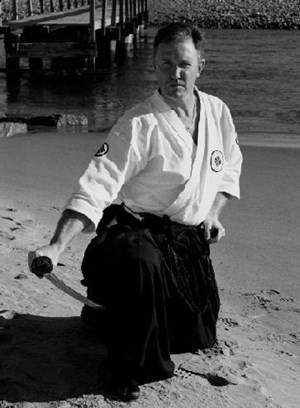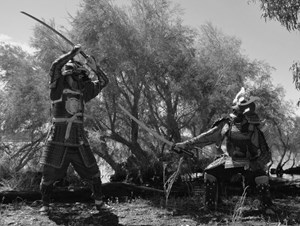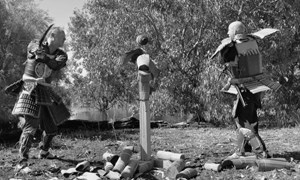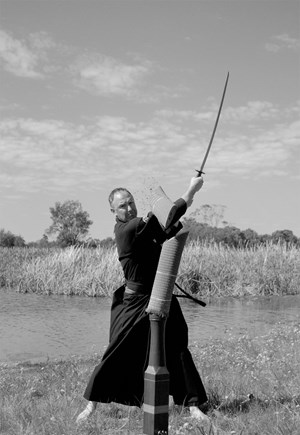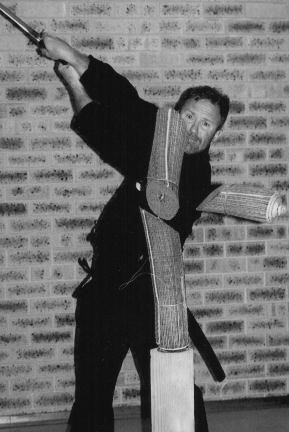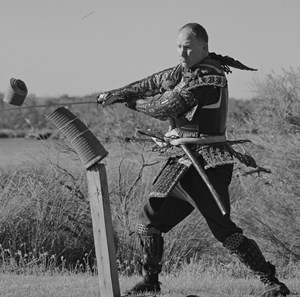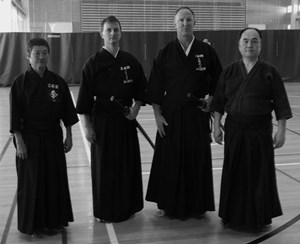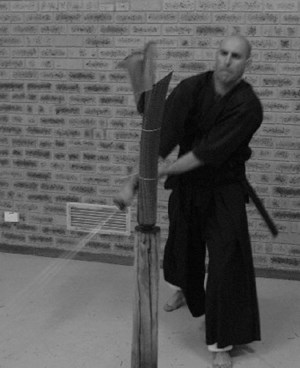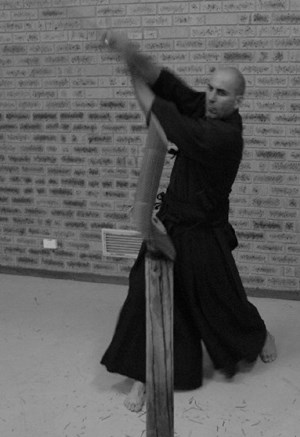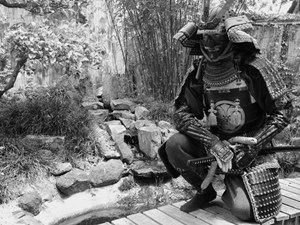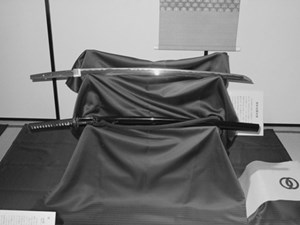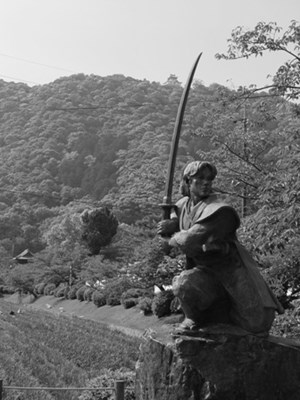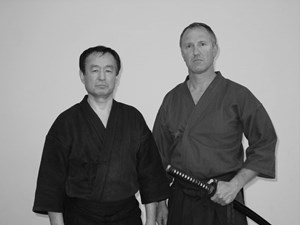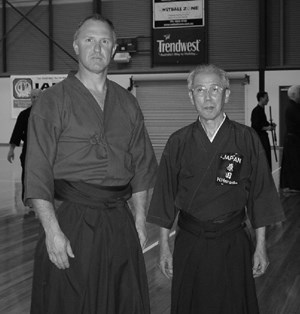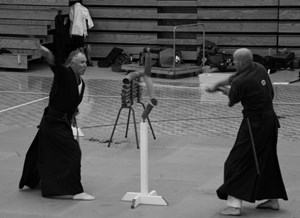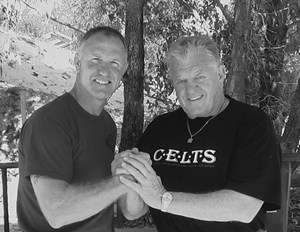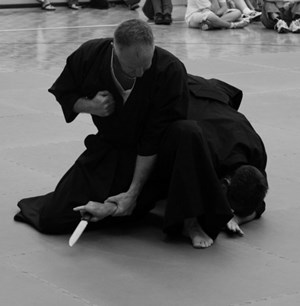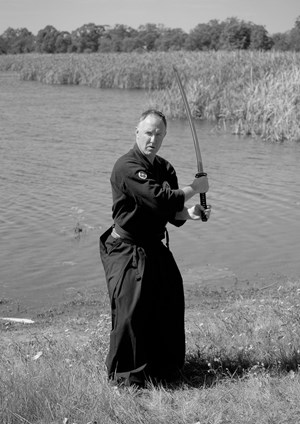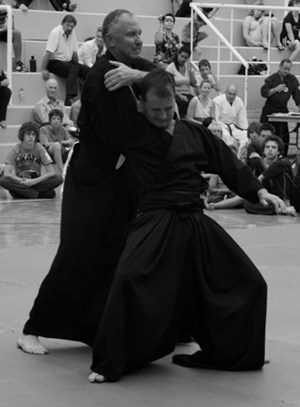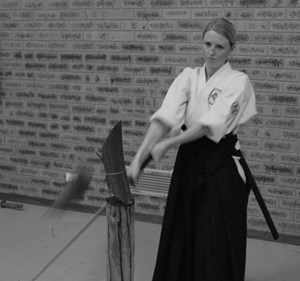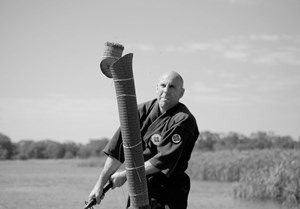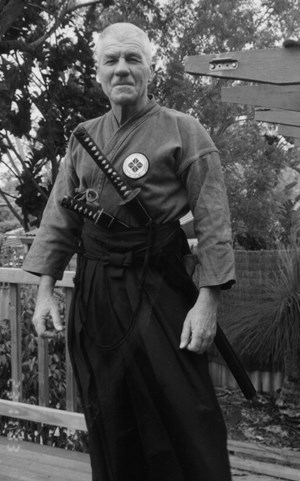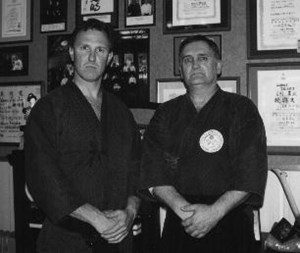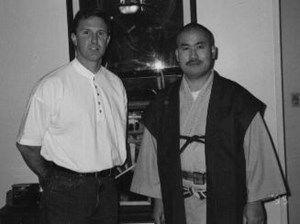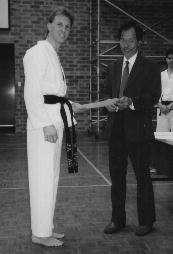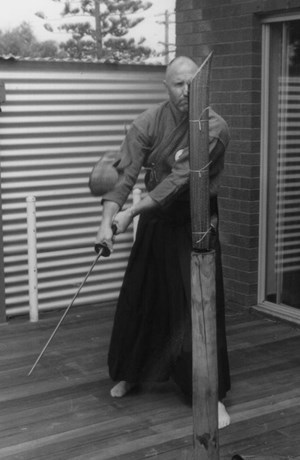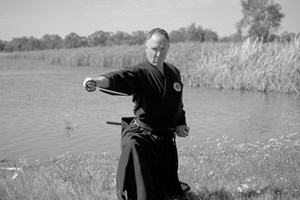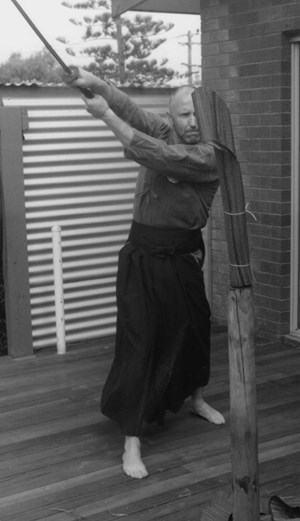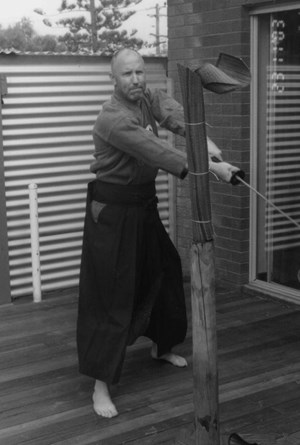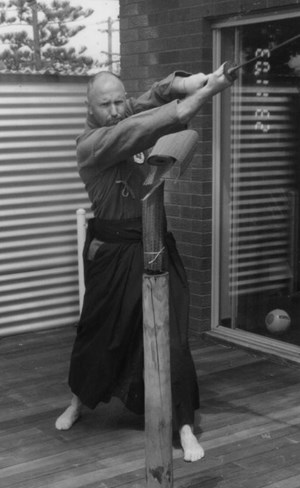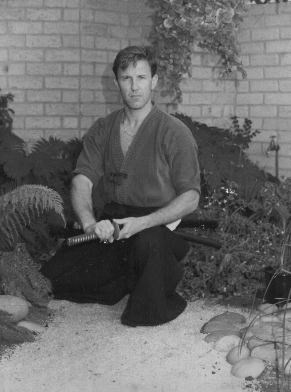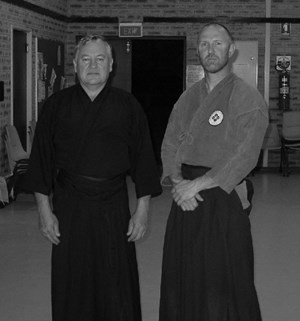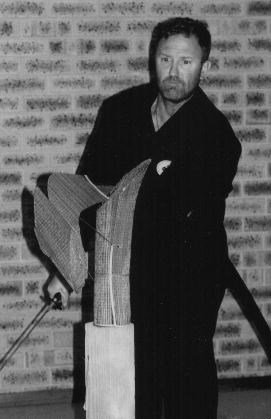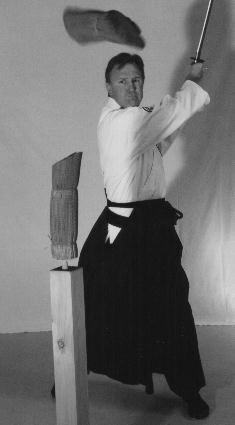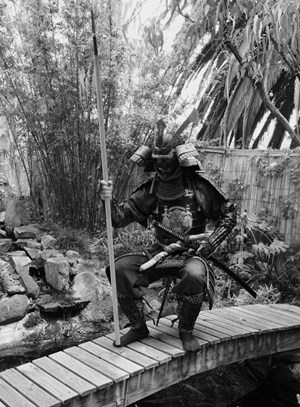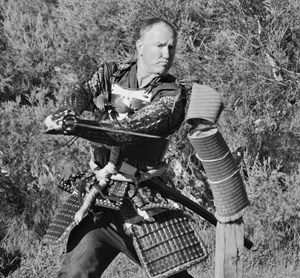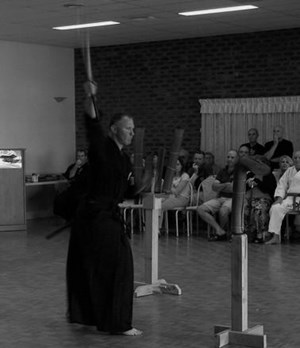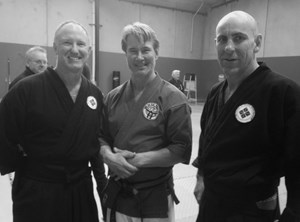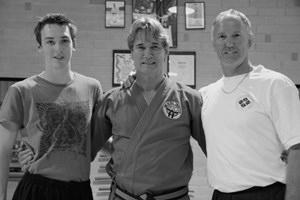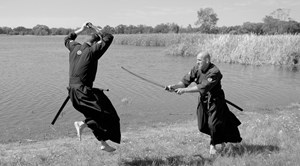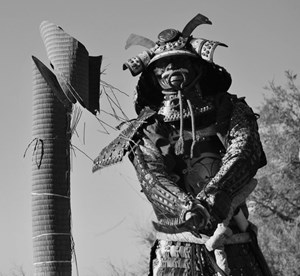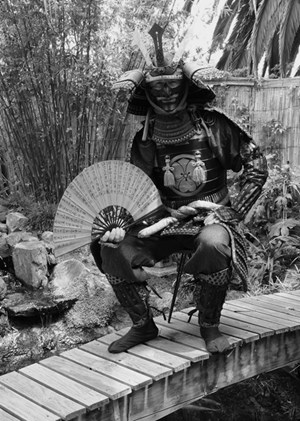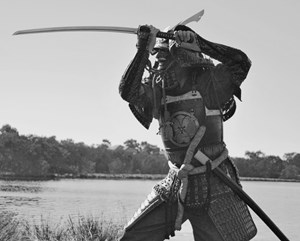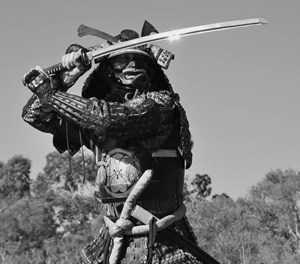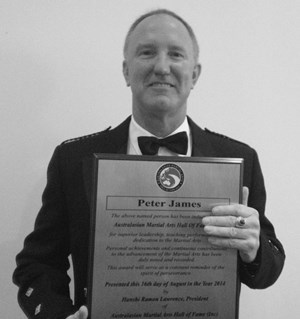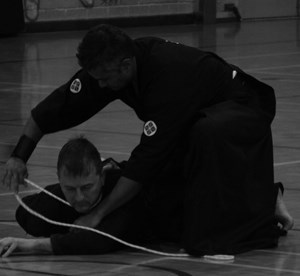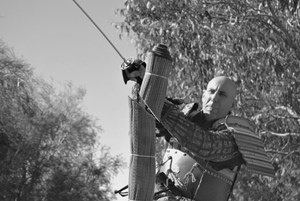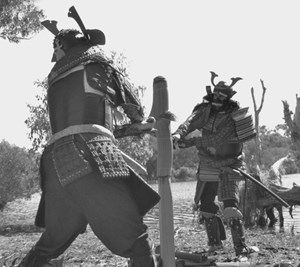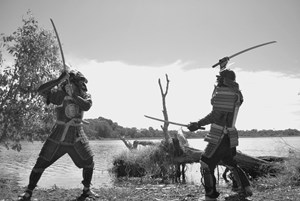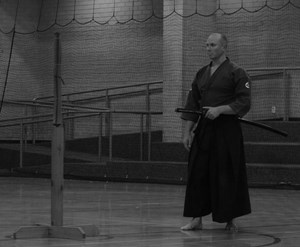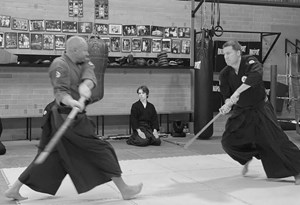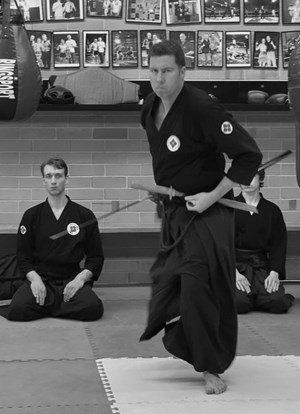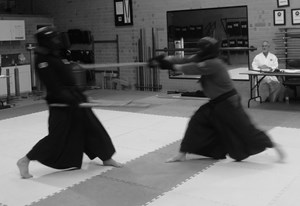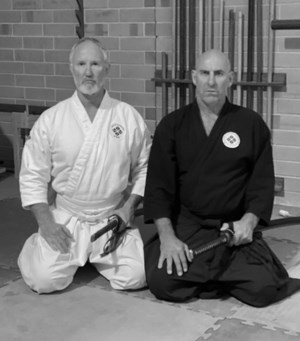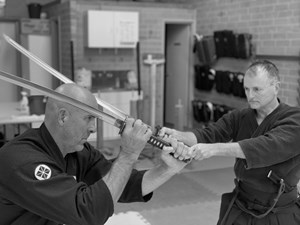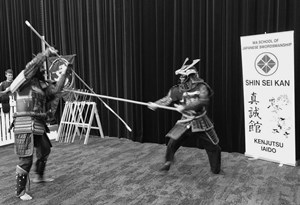Attack or Counter
Should I initiate the attack or wait for the counter opportunity?
Surely the burning question for anyone engaging in a live sword
fight is whether to initiate an attack or wait for the other party
to initiate the attack and deliver deadly counter. When I consider
the myriad of literature on the topic, it is clear that either
option is a tactic, however, many have suggested that the counter
attack is the most effective. Ultimately after considering the
subject, I believe it is a lack of training and understanding that
leads people to believe this is the better option. In fact I
believe that the initial attacker must have the advantage, but it
is dependent on a number of qualities which can be aligned to the
training and skill of the swords person. This training and skill
can be aligned to 4 levels of competency.
Level 1 - Able to demonstrate the techniques of the art.
When initiating an attack, one of the key element is tactics; to
deliver the tactics the swords person uses technique. The technique
must deliver the weapon to the target to cause the desired or
appropriate amount of damage within the framework of the art (I
wouldn't use a rapier in the same way as a Japanese Sword).
Simultaneously it must include some self protection (safety)
component. That is to say my attack shouldn't become a 'mutual
slaying' situation. I must neutralise my opponent response as I
engage them and all in one motion. The technique may achieve this
by tapping an opponent's blade, or it may be a technique that
disengages the blades and attacks an open area that will allow you
to break away without receiving a hit. A great deal of time is
spent in schools practising techniques to the point where muscle
memory is created and the exponent can 'forget it' meaning deliver
a technique without conscious thought. Obviously this is the base
level of any sword system. The combatant must understand the weapon
and the associated techniques.
Level 2 Understands the concepts of engagement
The second element can be broken into 3 components; timing,
speed and distance. These are the concepts of engagement; any
combatant must understand these because they are the translation of
the learned technique into combat. It is the difference between
learning the swimming actions and actually jumping into water (to
quote Bruce Lee). Timing can be described as being in the right
position to take advantage of an opening as it occurs. In any
combat scenario, if you observe and opening it is too late to take
advantage of it, your opponent is engage and dynamic not static.
Speed is about covering the distance between the weapon start point
and the target, distance refers to being in a balanced position to
deliver weapon to the target without compromising your own safety.
Unlike empty handed martial arts, sword work leaves very little
room for error, a punch to the head may be just a wake up call for
the boxer, however, for the swords person it is much more serious.
Distance brings speed and timing together, I need to move my body
into position in a balance way whilst recognising the flow of the
fight. Speed needs to be developed in students in a different way
to pure technique, but has a large physiological component, timing
is a result of continual practise in realistic situations and is a
mental development issue and distance is a combination of the
two.
As an element of timing there must be patience, 'seldom found in
women and never in a man' the old saying goes. Charging in to
initiate an attack where a clear opportunity doesn't exist is
suicide; it means your action is without real purpose. By
definition it can't have purpose because you are creating something
that exists only in your mind not reacting to what is actually
happening. If there is no opening how can the attack have purpose,
therefore timing is also about movement at the appropriate
juncture.
Level 3 Includes observations as part of the strategy
The third element is body language, what information am I transmitting even microseconds prior to moving. My assessment of the old sword masters, whom some claimed could read minds, is that they were very good at reading body language. Prior to moving in a non stress situation, students often telegraph their moves, when put in a high stress situation (like a live sword fight) that telegraphy can be magnified. When initiating an attack, any telegraphing of action provides my opponent with information to act on; therefore, when I initiate an attack I must disguise all actions. Some do this through faints, which have a marked effect on students and less and less affect as the opponents are more and more accomplished. Others do this through explosive action delivered without pre thought; this brings us to the final element Mental Training.
Level 4 Self mastery
On the basis of the previous paragraphs, a successful attack
must be launched whilst observing the opponent without prejudice
and with an open mind. Simultaneously initiating and delivering a
personally safe attack using an appropriate technique based on the
situation. The technique must be delivered with the right timing,
speed and distance within the flow and ebb of a highly stressful
environment. At the same time you must do this without passing any
information to your opponent and be able to react to things as they
really are and as they occur using a free flowing mind. This
extensive list of qualities requires a great deal of training over
and above the physical elements of the art. Few people reach this
level and very few schools even address the mental aspects, or at
best hope that it will be acquired naturally.
It is no wonder so many people studying sword work are either
frustrated by initiating the attack or feel that the counter attack
is the best option.
Scenario One: the novice combatant launches an attack
The swords person engages in combat, the flow and ebb of the fight is nothing like training. They see an opening and, to take advantage of it, launch their attack it. A number of things are happening, the novice is impatient and keen to 'force' the fight, the window of opportunity closes almost the instant it is seen, the attack is telegraphed, a well tried technique is executed with self abandon, and the attack is easily neutralised and a counter delivered by an equally novice opponent. Conclusion: counter attacking is more effective.
Scenario Two: the level 4 combatant launches an attack
The combatant is continually observing the opponent, gathering
as much information as possible. The mind is clear, focused and
calm. A period of testing commences and again the reactions are
observed, the combatant is patient. There is no attachment to a
particular technique. The rhythm of the fight is noted. The
opponent starts to move and the combatant sees what is happening
and immediately launches an appropriate attack that arrives at the
target opening having taken into account the movement of the
opponent. It is a complete surprise. If it misses its mark, the
process starts again. If the combatant dies at the hands of an
equal or better opponent then that will be as much a surprise
because for the combatant; there was nothing but the encounter, no
other attachment. However, the control of the fight was never
handed over to the opponent and the chances of success lie heavily
on the side of the initial attacker. Conclusion: Initial attack and
controlling the action is more effective.
In scenario 2 the attacker has control. In scenario 1 the attacker
thinks they have control, however, they quickly pass that control
over to the opponent. Clearly the person controlling the situation
has the advantage as per my original statement. Counter attacks
suit the novice, failure to continually grow to level 4 locks in
that notion.
Much has been written about the mental training of a warrior, level
1, 2 and 3 can be taught, even inherent in some people. Level 4
takes time, training, experience and, above all, self discipline.
In a world of sport and instant self gratification, most never
bother to even consider the highest level, there is no fast pay
off. Self-discipline, however, is a path to be followed as a life
long adventure, there is a continually increasing payoff for those
on this path.
